I kid you not when I say that pesto is the most frequent condiment in my DMs. By this I just mean that I get dozens of messages weekly asking me for my pesto recipe, to write about its history, or simply asking if it is in fact a condiment. Evidently, I couldn’t shy away from this condiment (yes condiment) any further so here we are.
Pesto Overview
The word pesto itself stems from the Latin verb pestare which means to pound, usually with a mortar and pestle.
Pesto is my favorite condiment to distinguish just how much regions can impact a dish or flavor. For example, when one hears pesto, one automatically thinks of the Genovese type of pesto - a green looking chunky sauce made from basil, pine nuts, garlic, olive oil, salt and either pecorino or parmesan. This specific one, pesto alla Genovese, originated in Genoa in the Italian northwestern region known as Liguria.


In reality, there are dozens of different pestos across Italy made from ingredients specific to each region. See below for different varieties you may be missing out on!
I was actually lucky enough to visit Liguria with my good friends
and 3 years ago (WILD how time flies) and try lots of authentic pesto alla Genovese in its birthplace. SPECIAL TIMES!History
There are of course “pesto ancestors” which heavily influenced this Italian condiment. It wouldn’t be a very me substack without a bit of history right? I’ll keep it brief today PROMISE!
Moretum and agliata are pesto’s Ancient Roman predecessors (or should I say pestocessors?? tbh no I shouldn’t, that’s too much of a stretch).
Moretum - think herby cheese spread? Ancient green goddess dressing?? Made from cheese, herbs, garlic, salt, olive oil, vinegar and sometimes pine nuts this is a condiment commonly used spread on bread in Ancient Rome.
Agliata - think garlicky, loose, and creamy sauce (similar to Lebanese toum). Made from garlic, breadcrumbs, olive oil This sauce is also from Liguria, like your most popular pesto, so it would make sense that they’re “related”.
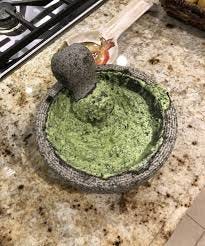
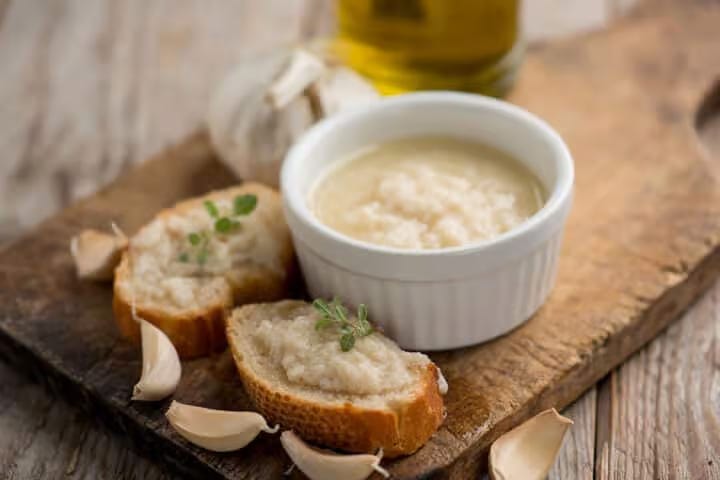
The first written record of “pesto pesto” as we know it can be credited to Emanuele Rossi in La Vera Cucineria Genovese in 1852.
Regional Pesto Varieties
Pesto alla Genovese - your most common pesto
Traditionally, this pesto is made from basil, pine nuts, garlic, olive oil, salt, and either parmesan or pecorino. It’s the pesto we most commonly think of as non Italians.
Pasta-wise, try to use this pesto with trofie! This is a Ligurian shape of pasta which looks like a curly q made from only flour and water. Taste the Ligurian regional terroir!
The first printed record of pesto alla genovese was by Emanuele Rossi in La Vera Cucineria Genovese in 1852 and shortly after in 1863 by gastronomist Giovanni Battista Ratto La Cuciniera Genovese.


Pistou - “French” pesto
Think of pistou as French pesto! It’s made from basically the same ingredients as Genovese pesto, basil + olive oil + garlic, but there are no pine nuts and sometimes gruyere cheese is used instead of parmesan.
The name also comes from the Latin verb to crush, pestare.
Basil is a common herb in the southern region of France so its use makes a lot of sense here!
Nice was a part of the Kingdom of Piedmont Sardinia (Italy) until 1860 so technically this isn’t even “French” pesto, it’s just another regional distinct Italian pesto now belonging to another country.
Pesto alla Trapanese - pink Sicilian pesto
Pesto alla trapanese, or pesto rosso (red), adds in fresh tomato, swaps in almonds for pine nuts, and uses much less basil.
Originally from Trapani, a Western Sicilian city, this pesto is also called agghiata trapanisa
Also from Trapani, busiate is a common pasta to pair with this pesto. They look like little curly cork screws
Pesto alla Calabrese - spicy pesto
Made from charred bell peppers, grilled onions, ricotta, almonds, chili, and sometimes basil and sun-dried tomatoes, this is a creamy, red-hued pesto.
This pesto differs from the others on this list as it is a tad spicier and also includes cooked ingredients!
Pesto di Pistacchi - Sicilian pistachio pesto
Made from pistachios (YES!), olive oil, salt, and grana padano, this is another green hued, no cook pesto. Sometime you’ll see other ingredients such as basil, lemon, garlic, or mint added and parmesan swapped in for the GP but the gist is the same - the base is always pistachio.
The town of Bronte in Sicily is famous for producing wonderful pistachios due to the specific volcanic soil of the terroir.
While it can be used to coat pasta, it’s also commonly added onto bruschetta, sandwiches, to coat grilled veg and also seafood (often times tuna or shrimp).



Salsa di Noci - walnut “sort of” pesto
This walnut sauce is another recipe from Liguria made from walnuts, cream or milk, pecorino or parmesan, and soaked bread crumbs. It’s one of the rare examples of pesto made with milk, which gives it a distinctly creamy texture.
Often times eaten with pansotti, a Ligurian-style “ravioli” filled with ricotta and greens (usually foraged weeds and/or spinach).
Pesto di Olive Neri - black olive pesto
Calabria produces 30% of Italy's olives so it’s not a surprise that this is where this pesto originated!
Think tapenade
Long story short, there are SO many pestos out there for you to try! There’s no real right or wrong! It’s all so dependent on region and what produce is naturally available in that terroir. For my own pesto, I checked my very own region of choice (my fridge) and grabbed some wilted herbs, parm, and seeds to whip up a pesto I’ve very much enjoyed this week. My recipe is here!

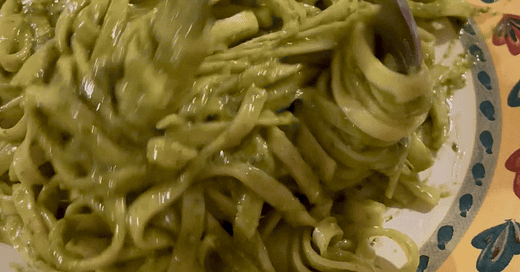



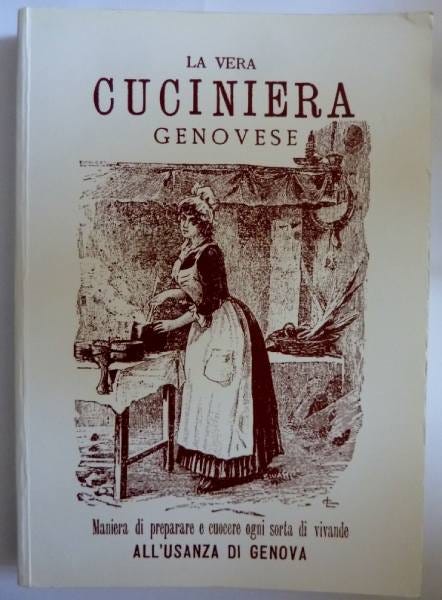
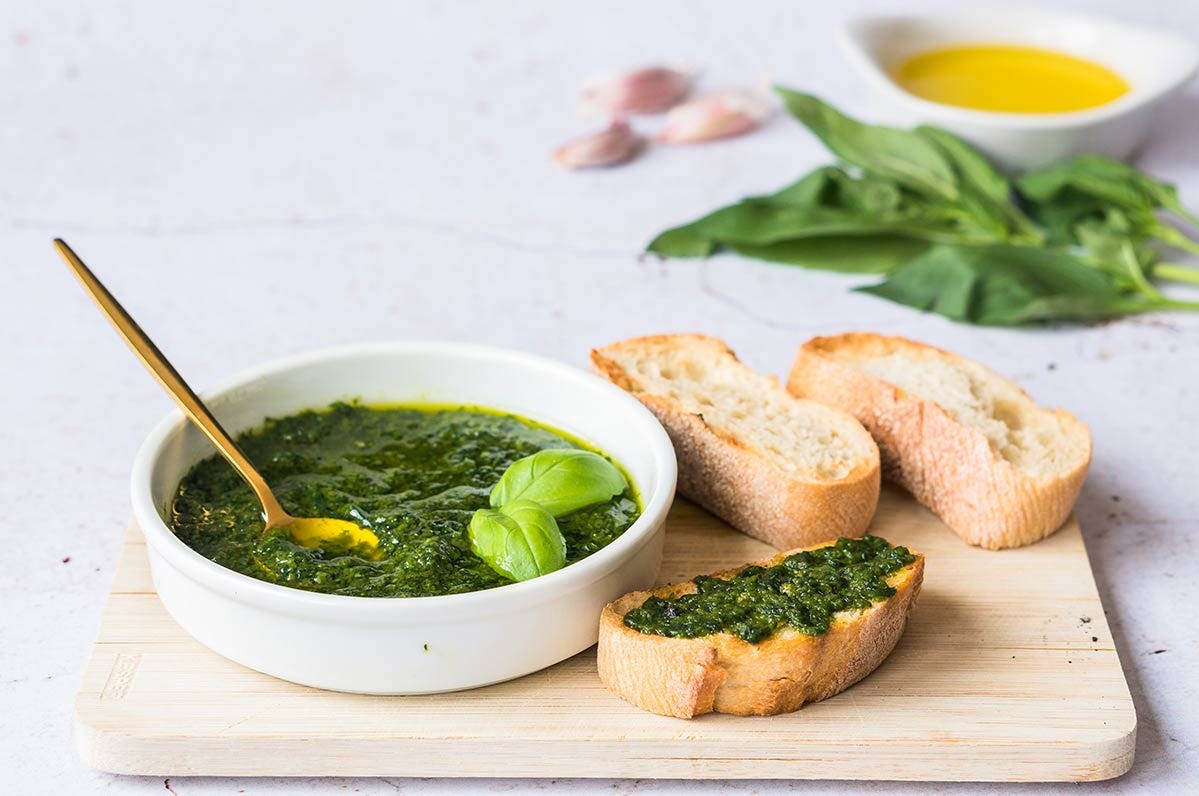
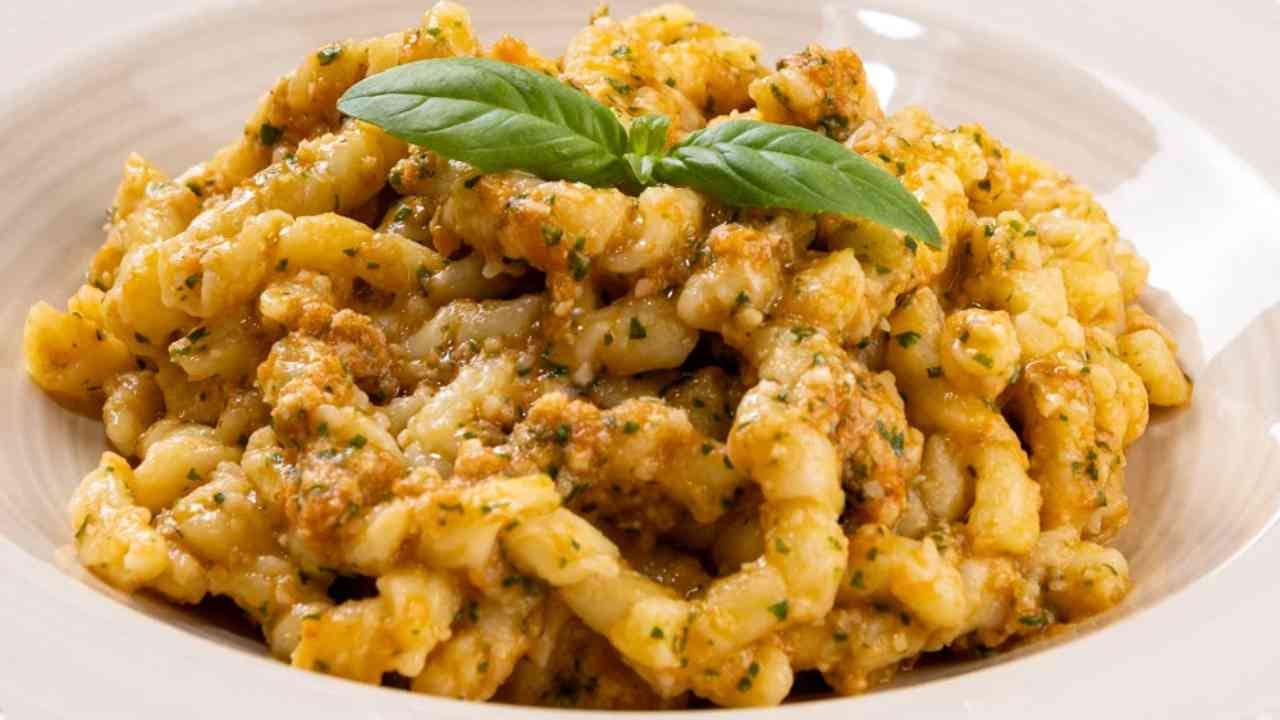


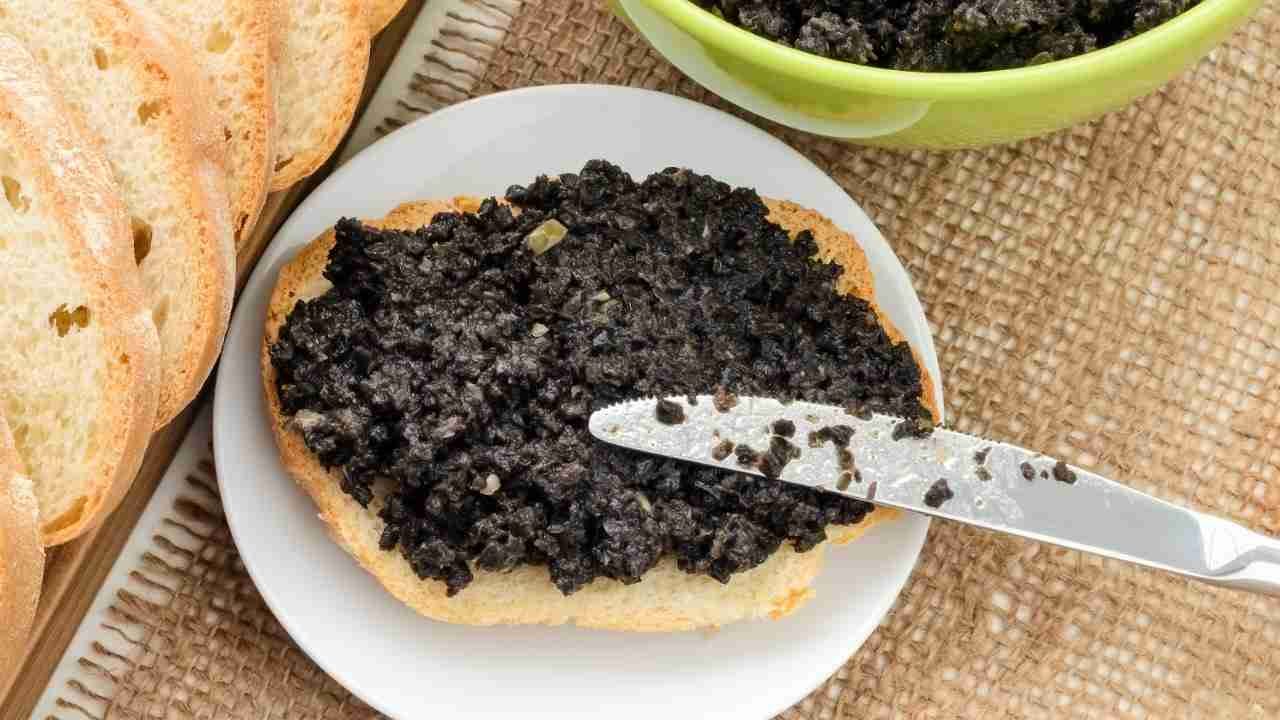

Not me eating my homemade pesto pasta rn 😌😌😌
This notification coming in at the perfect time as I’m eating a pesto moz and tomato sandwich 😚